Holographs, laser beams and VR changing building sites forever
It sounds like science fiction but technology transforming building as we know it is very real – and there will be massive amounts of money to be made.
Imagine walking through your new, perfectly styled home before the concrete slab is even poured. And building that same home without referring to a single printed plan.
Welcome to metaverse architecture, the art and technique of mixed reality craft.
“It’s just wild,” says digital strategist Rita Arrigo. “It’s really exciting and we are really just on the cusp of what’s possible.”
With increased accuracy and efficiency beyond traditional construction techniques, Arrigo says the technology offers greater opportunity to push design boundaries, allowing more bespoke buildings at a cheaper price.
“It will also problem-solve issues, such as how to use light to improve the way you heat your home,” she says.
“There’s a real evolution going on and these things are going to make our homes more beautiful and more functional.”
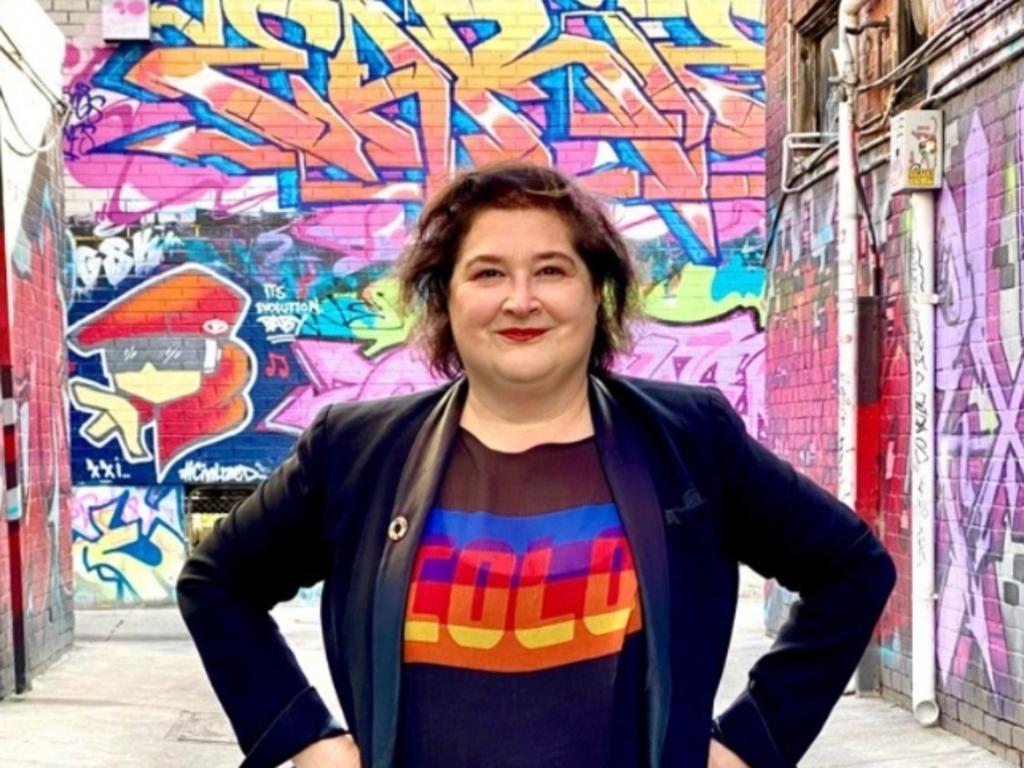
Try before you buy
The technology has already infiltrated the home space. During Covid lockdowns, real estate agencies conducted open inspections in the virtual realm, while homeware companies use augmented reality to give online shoppers a sense of how furniture, artwork and rugs will appear in their home.
But Arrigo says that’s nothing compared to companies that are using AR to let home builders walk through their finished dwelling before construction has even started.
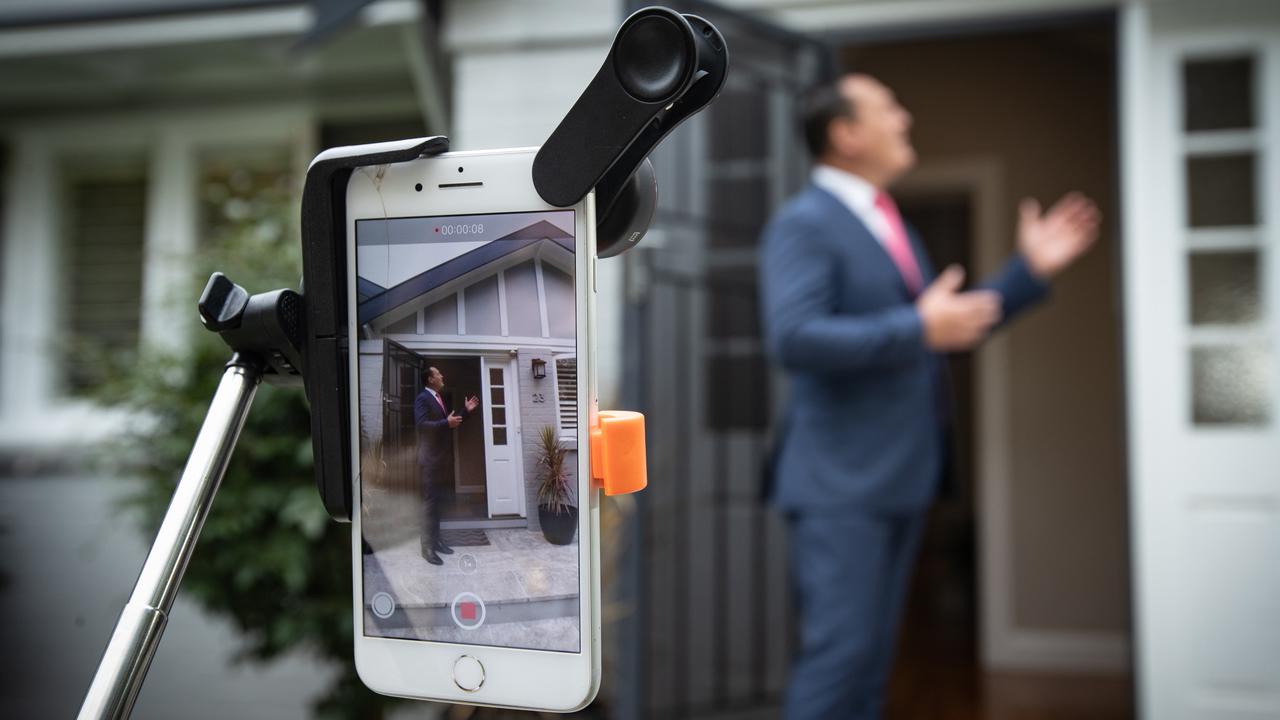
“We all want this stuff because we can’t imagine what (a finished home) is going to look like,” she says.
“So you come in (to the virtual home) and then you can choose the bits and pieces … for your kitchen and everything else.
“It’s going to lead to some really innovative design because if you are doing something radical, you want to see it before you commit. One day, we won’t build 3D models anymore – everything will be done in the virtual space.”
Aussie focus
Arrigo is particularly excited by the role Australia is playing in metaverse architecture, citing a number of local companies working in this area, including 3D and AR visualising platform Plattar
and RMIT University start-up Fologram.
Fologram’s sole focus in mixed reality applications is building design; two of three founders are trained architects, including chief customer officer Gwyllim Jahn.

Among Fologram’s most recognised collaborations is a steam-bent timber pavilion, built using a mix of hand tools and interactive holographic guides, and a collection of intricate curved brick walls at Royal Hobart Hospital.
The walls were constructed by two bricklayers who replaced string lines and plumb bobs with AR headsets providing a holographic guide, allowing each brick to be perfectly positioned.
The entire project was finished in just seven hours of bricklaying. Using traditional methods, it would have taken weeks.
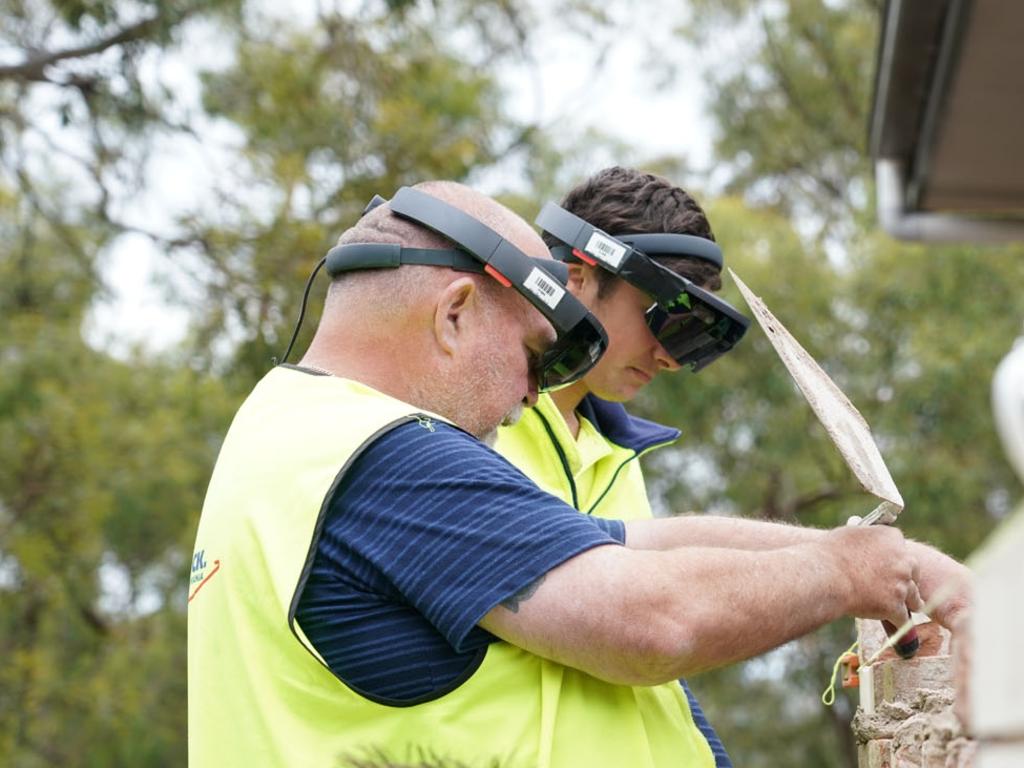
“We’re blending the old crafts with new digital technologies,” says Jahn, who
hopes to build an entire house using mixed reality (plans for his family home are with council).
“It’s ridiculous that, at the moment, architects are designing buildings in 3D CAD (software) and then translating to
2D drawings. It’s so inefficient.”
Taking more risks
With the ability to see a finished building before work has even started, Jahn expects architects and home builders will embrace more unique and creative design.
“We are only just scratching the surface of what can be done,” he says.
“But if you can reduce the risks in doing something a bit different or a bit new, it encourages architects to take more risks (in their design).
“And the homeowner can be more confident that what is being designed will be exciting but (due to greater construction efficiencies) it won’t blow the budget and make them take out a second mortgage.”
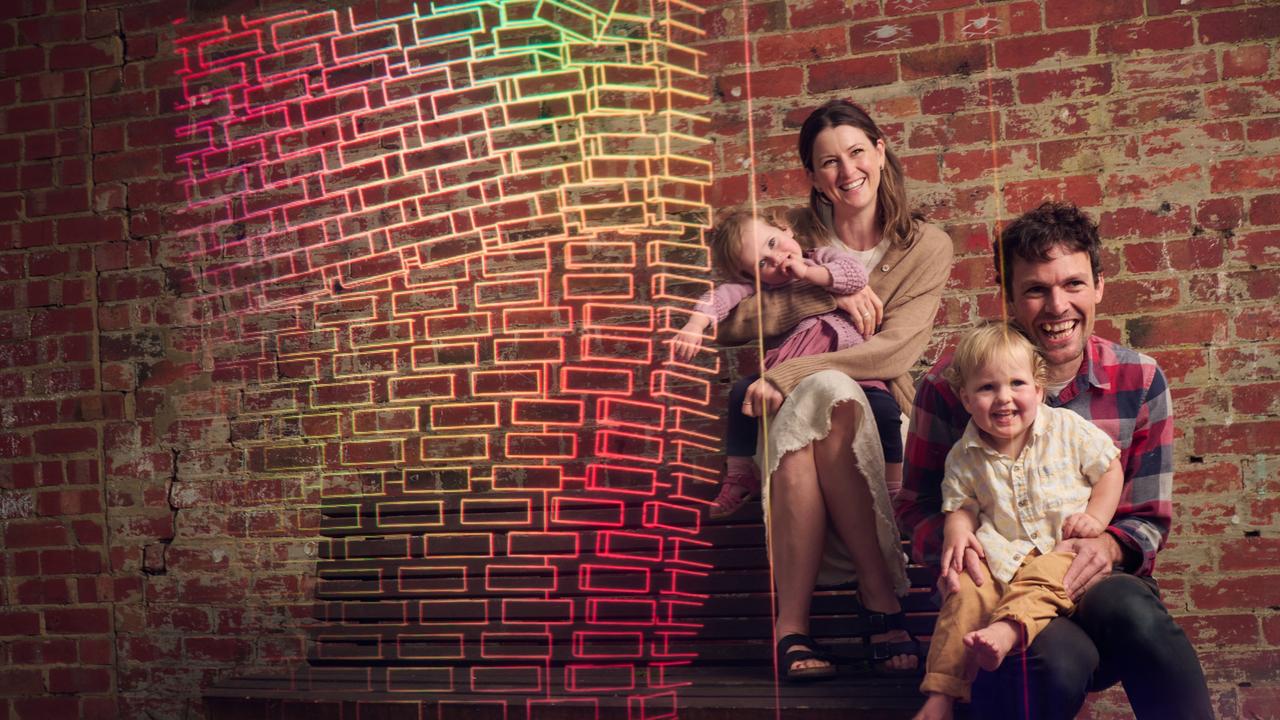
He hopes mixed reality will become mainstream within the construction industry within a decade, but says that depends on how readily training providers adopt the technology so that future tradies have the skills required.
The virtual home
Melbourne-based immersive tech studio Phoria says users are now flocking to virtual staging tools. Empty dwellings become beautifully designed spaces, helping prospective buyers visualise their new home.
There are even homes designed purely for the virtual world, never to physically exist. The modernist Winter House boasts floor-to-ceiling windows to capture its “snowy” surrounds. “A winter heaven in the metaverse,” the project statement explains.

While it may seem gratuitous, there is big money at stake. The virtual real estate market is projected to pass $US5 billion by 2026, according to global market researcher Technavio. And yet Finder research reveals almost half of Australians don’t know what the metaverse is, while a quarter would prefer to buy property in the real world.
Despite this local lag, Phoria and Captur3d tech director Antoine Macia says mixed reality is a “game changer for the residential architecture, real estate and design industry”.
“In the near future, you can expect more personalised designs and home customisation capabilities, more accurate maintenance through digital twin visualisations (like the ability to look through walls) and … a more delightful way to experience content spatially,” he says.
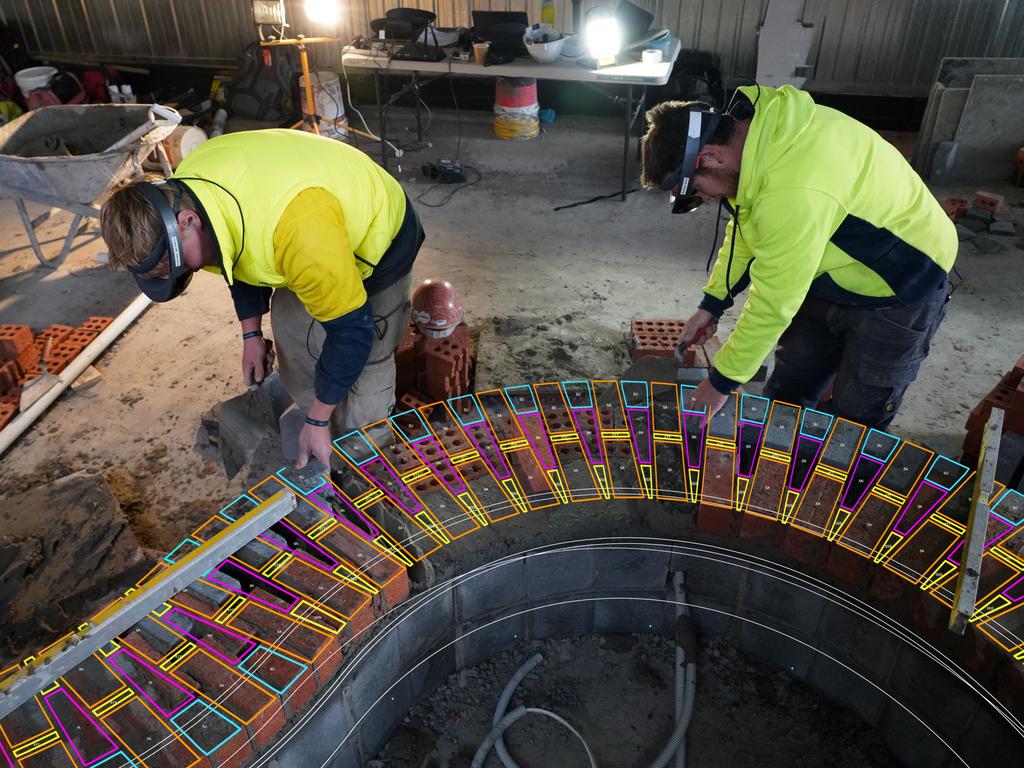
Brush up on your VR vocab
Here’s our brief guide to the new frontier.
AI: The concept of artificial intelligence has been around since British polymath Alan Turing’s landmark 1950 paper, Computing Machinery and Intelligence. If Turing is the godfather of AI, then a 1956 conference at Dartmouth University in the US is widely considered its birthplace.
Avatar: An image that represents you online in places like games and chatrooms.
Metaverse: If the metaverse sounds like science fiction, it may be because the term was coined by author Neal Stephenson in his 1992 novel Snow Crash. It is a virtual world where humans, as avatars, interact in a 3D space that mimics or alters reality.
VR: Virtual reality uses computer modelling and simulation to create an artificial three-dimensional (3D) visual or other sensory environment. Applications immerse users in a computer-generated world, simulating reality via interactive devices like headsets, goggles and gloves that send and receive information.
More Coverage
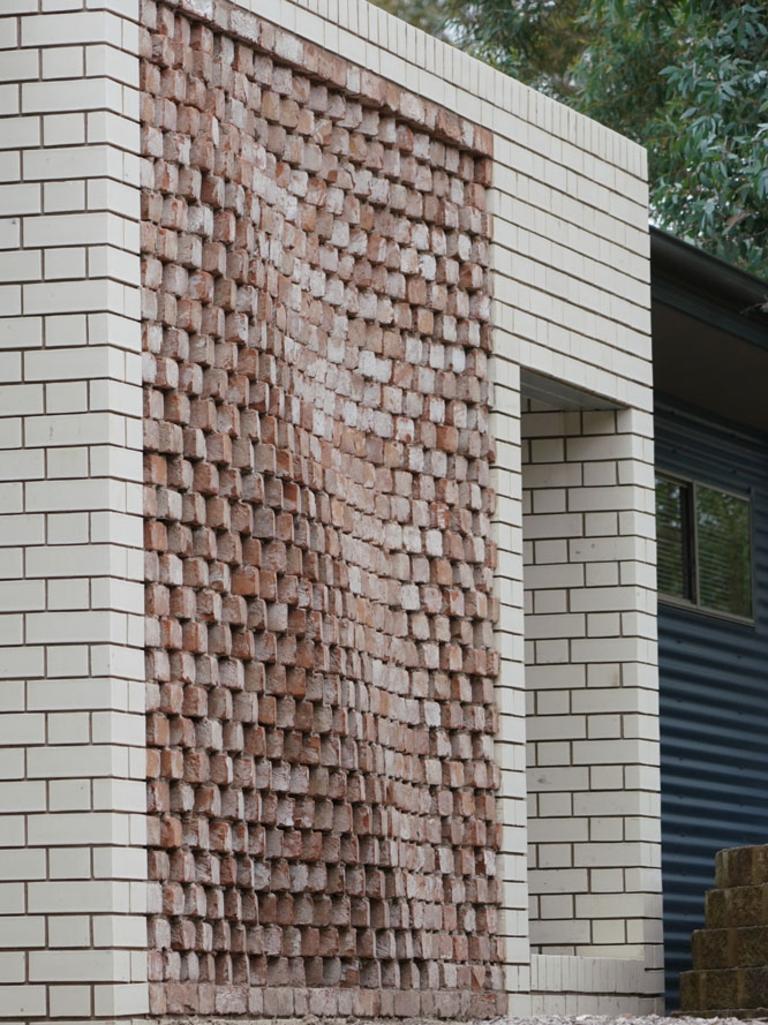
Originally published as Holographs, laser beams and VR changing building sites forever







